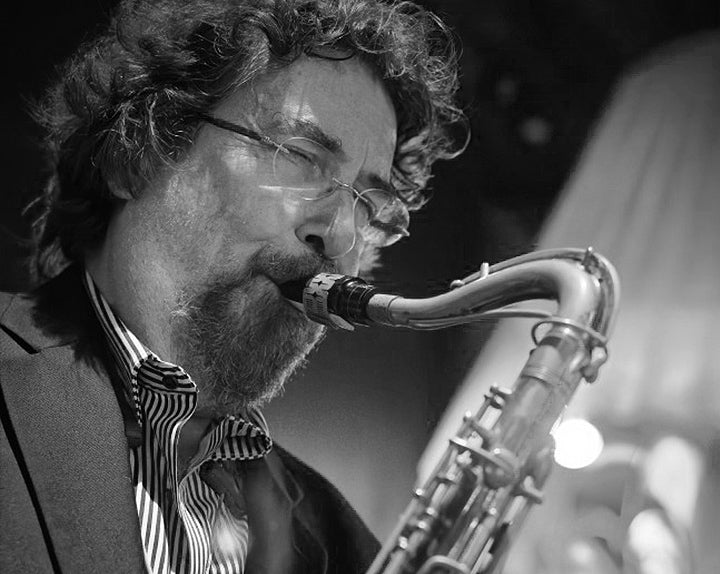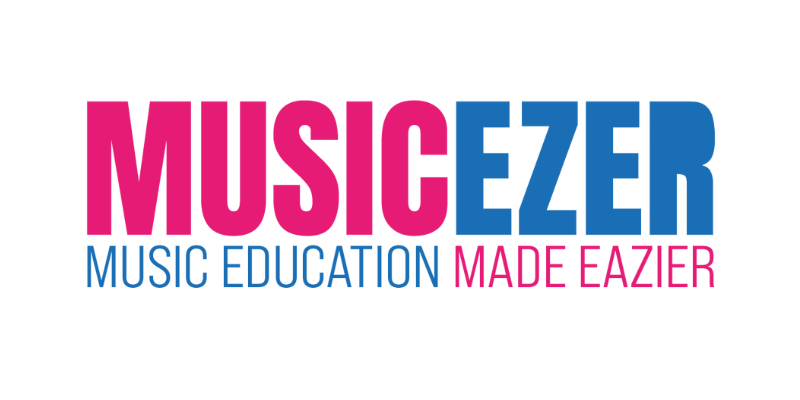SAX COURSE
Playing with ear, mind and heart.
with Emanuele Cisi
Course with subtitles available in
🇮🇹 🇺🇸
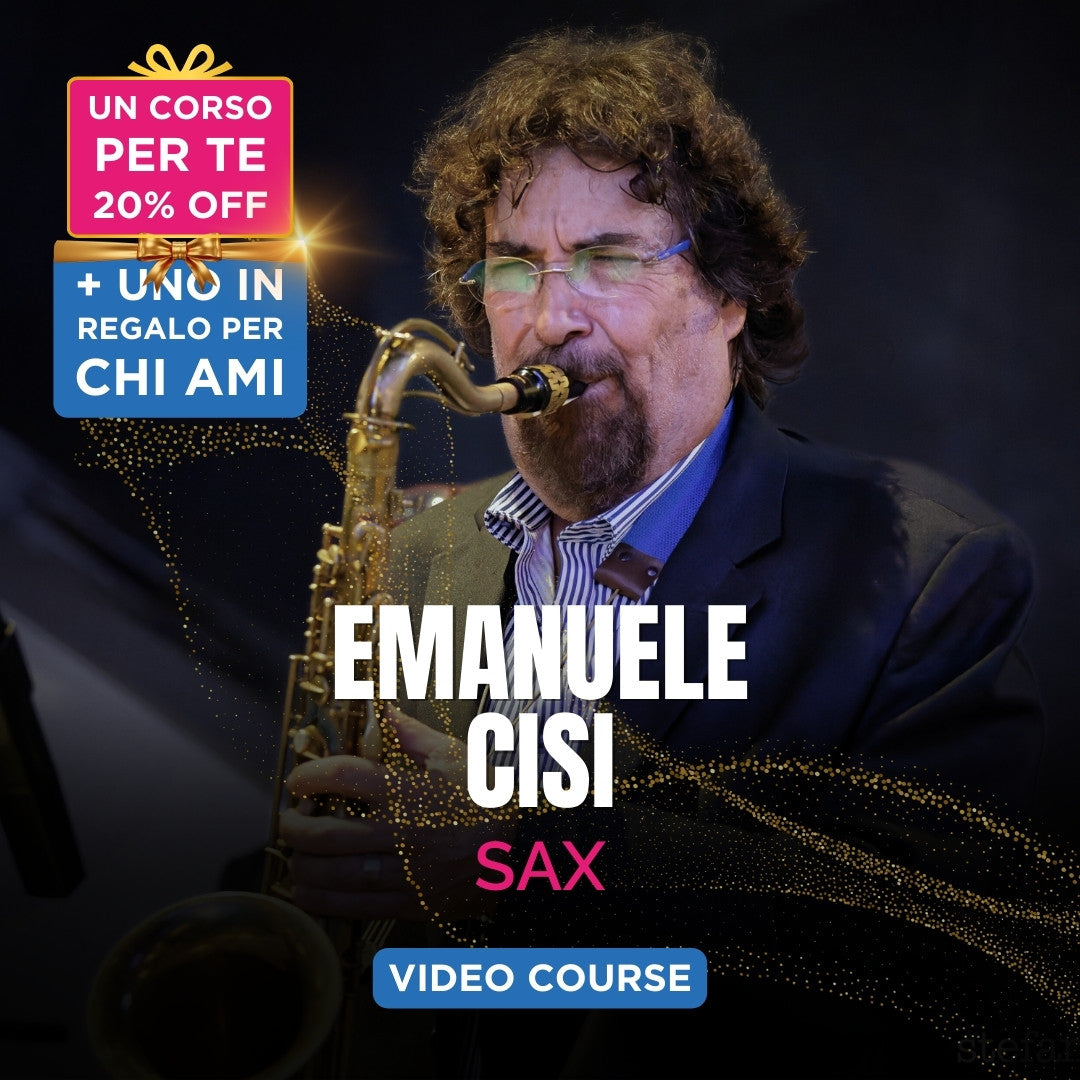

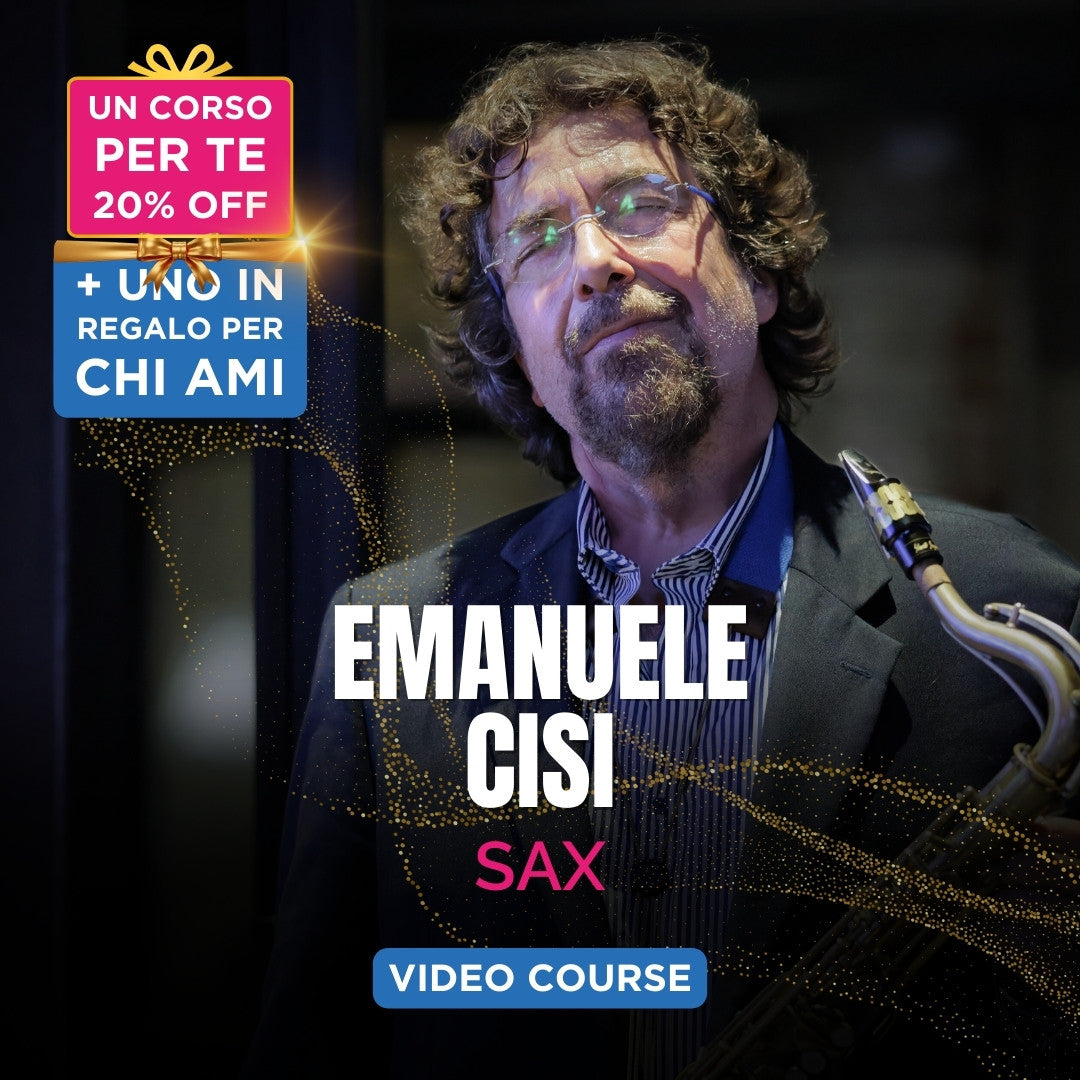
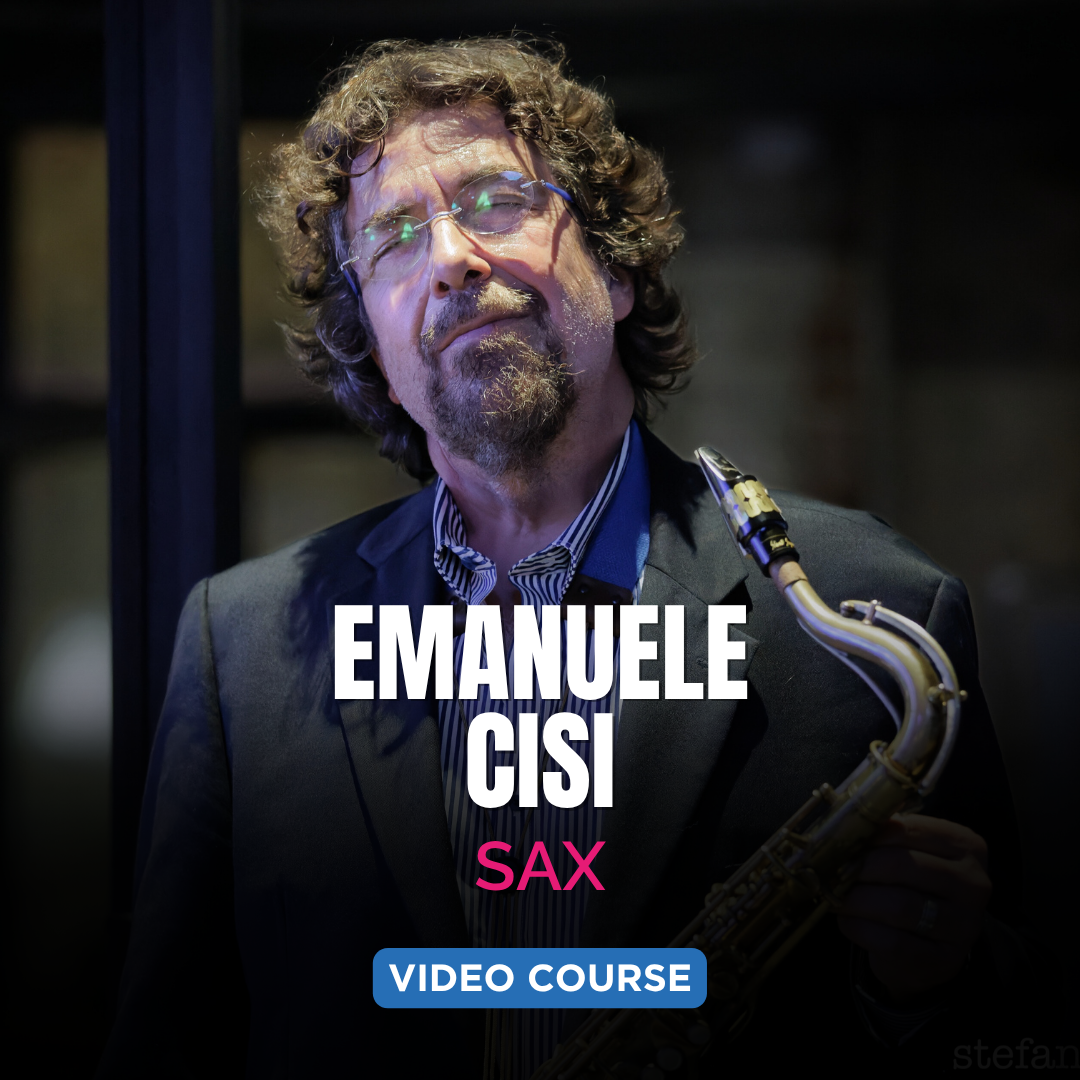
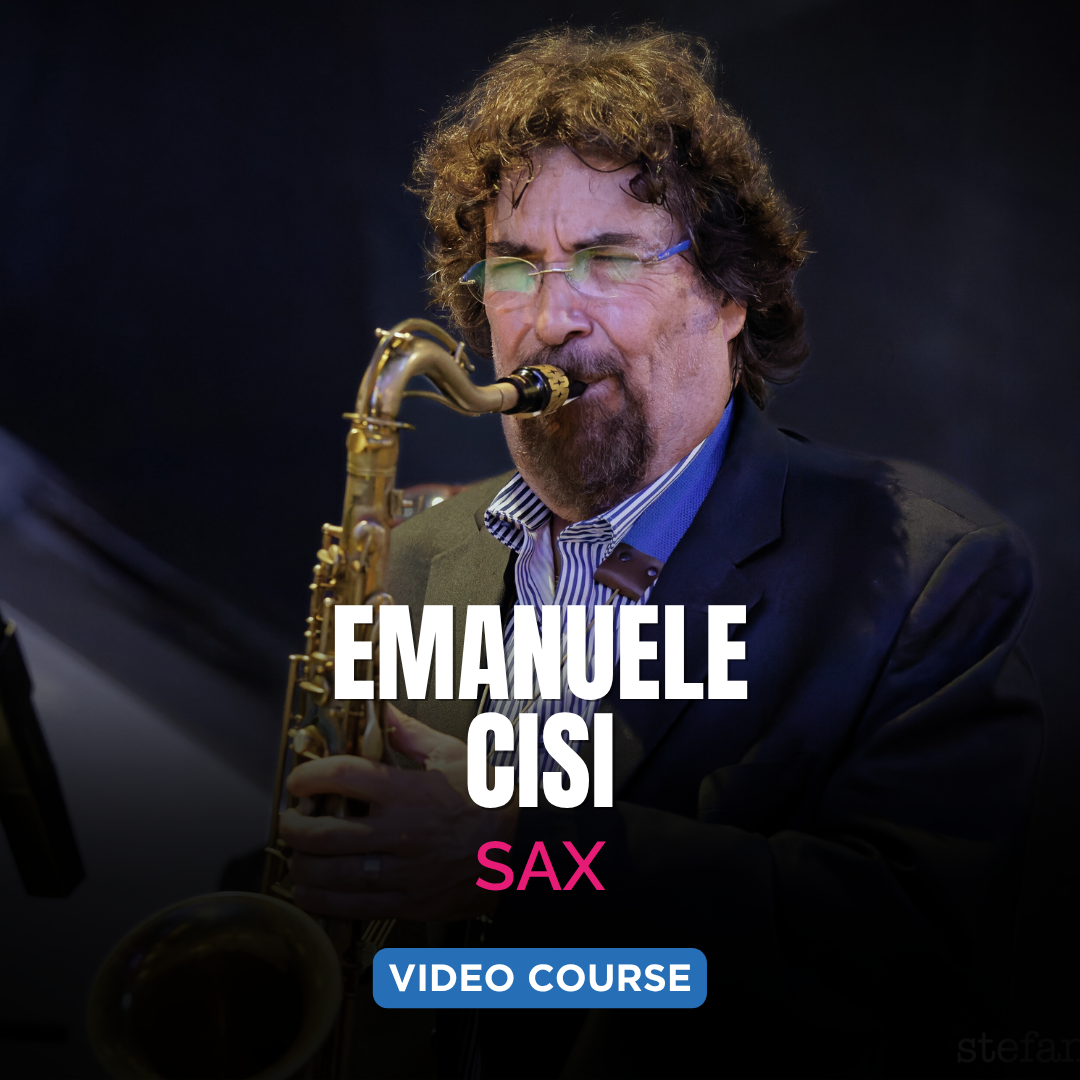
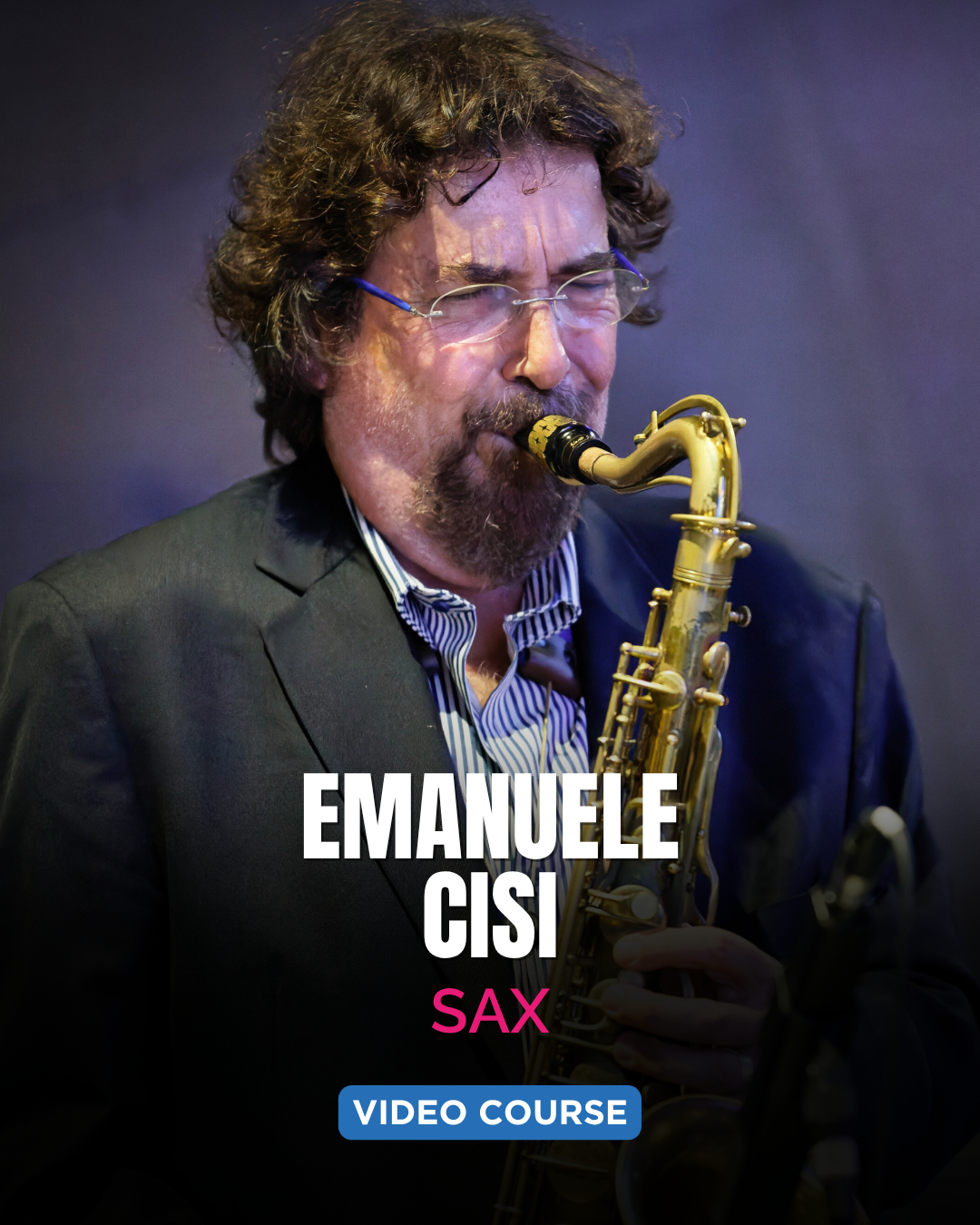
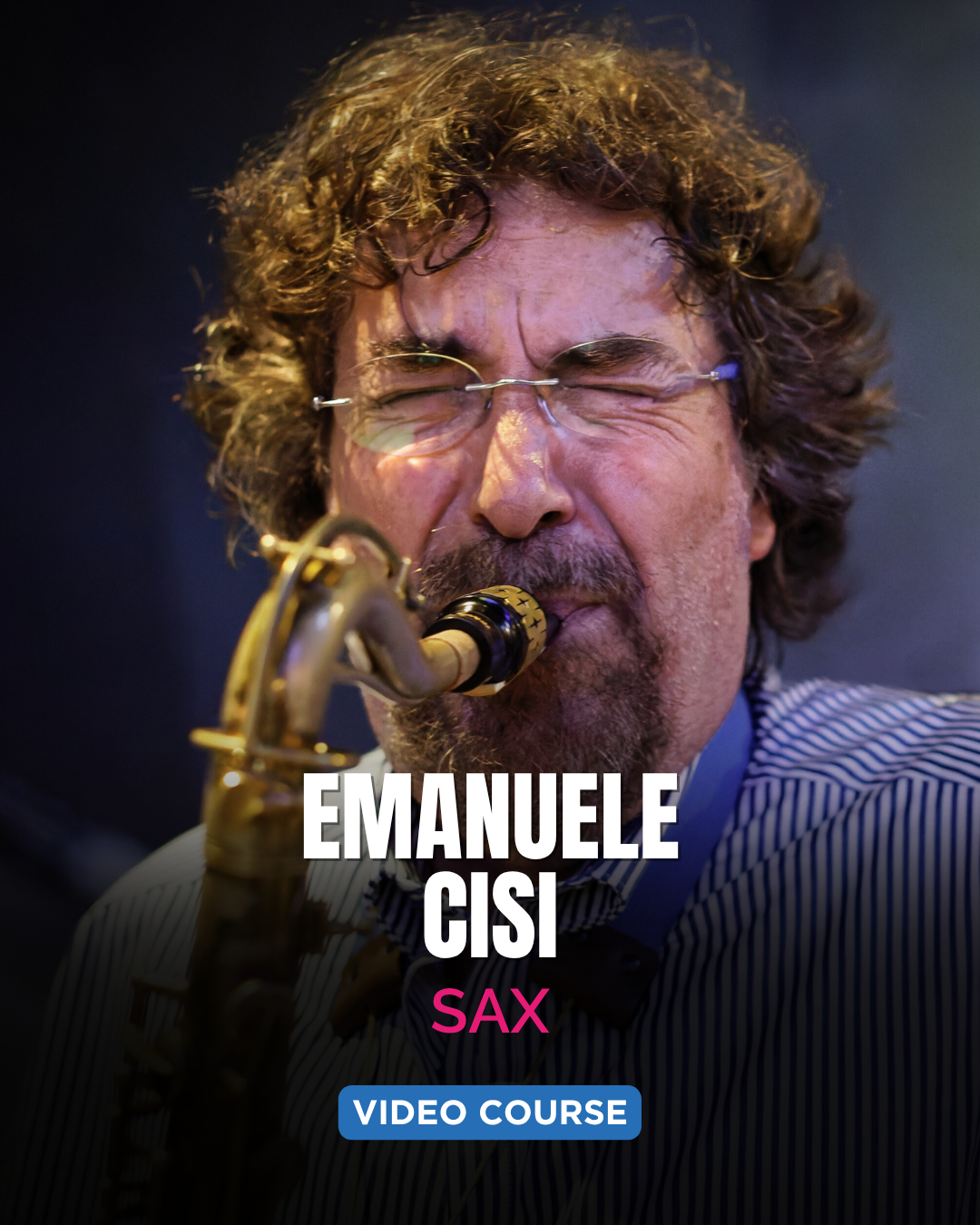
Learn to play the saxophone from scratch: breathing, listening, phrasing, and improvisation—guided by one of Italy’s jazz greats, Emanuele Cisi.
Attention to every detail allows us to offer an almost live learning experience with the teacher, directly in your home .
Once you purchase the course it will be yours forever and we will always be ready to offer you assistance to allow you to use it freely whenever you want.

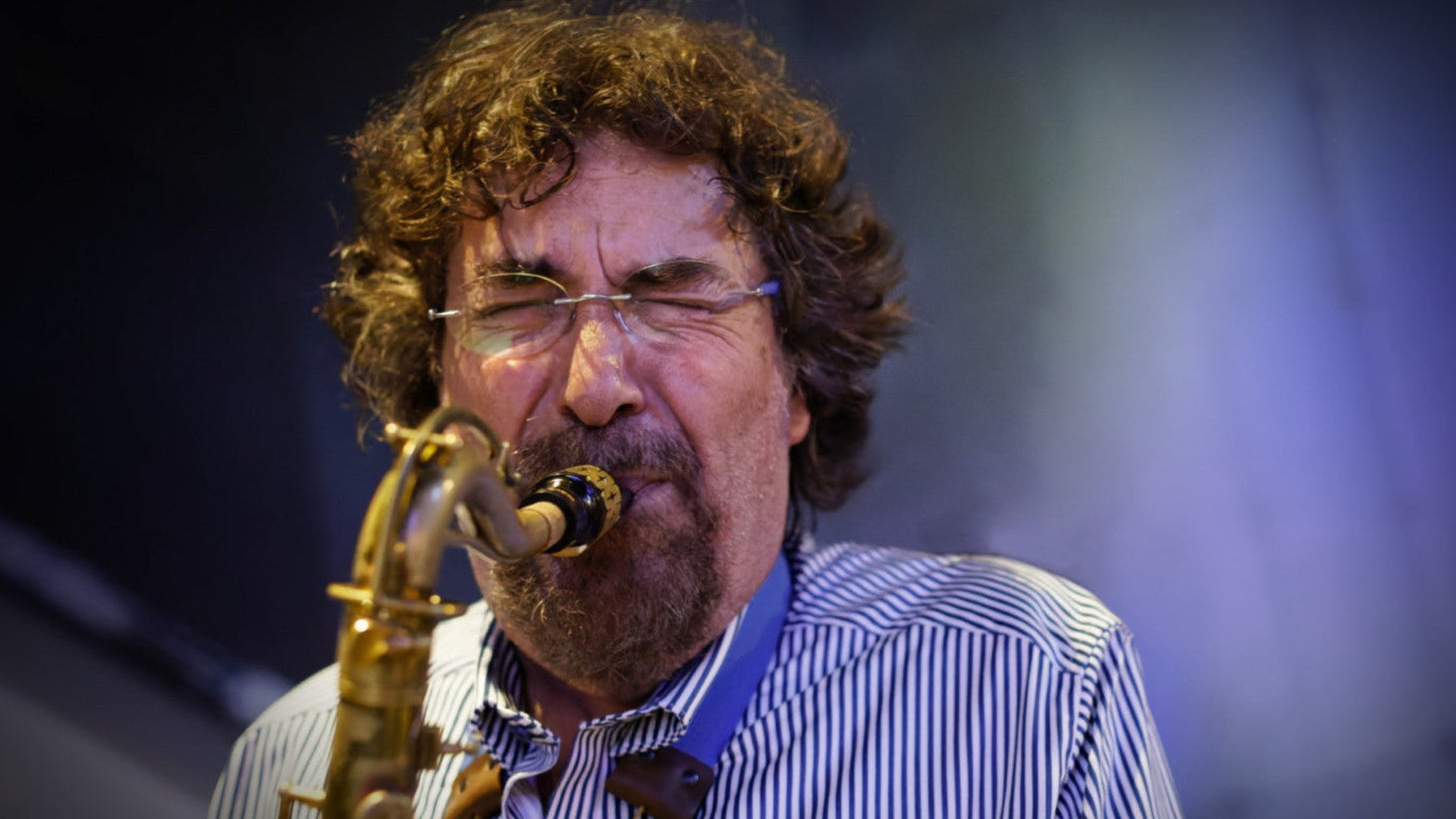
COURSE DETAILS
The Saxophone Course curated by Emanuele Cisi is an educational path designed for those who wish to approach the study of the saxophone with technical awareness , musical rigor and a real understanding of the language of the instrument and of jazz .
This is not a simple collection of exercises, but a complete exploration of the saxophone and its infinite expressive possibilities, approached through an approach that combines professional experience , timbre research and dedication to teaching .
The course begins with the fundamentals of the instrument: the mouthpiece, the reed, the ligature are studied in detail, up to the breathing and the air column , considered by Cisi as the true engine of the sound.
From there we move on to the embouchure , the attack of the notes and targeted exercises to develop control and flexibility , both on the chiver and with the mounted sax.
Particular attention is dedicated to fundamental techniques such as subtone , the study of harmonics and the management of sound through internal movements of the mouth, up to the practice of long notes as a tool for listening and concentration.
The second part of the course addresses more musical topics: intervals, resonance, scales , study of the cycle of fifths , the relationship between rhythm and melody , and a deep immersion in blues and bebop .
The goal is clear: to ensure that every technical element becomes expressive material , a personal language.
We then arrive at improvisation , conscious transcription , study of the repertoire and, finally, a reflection on what it means to be a leader in music.
This is a course designed for those who are not looking for shortcuts, but want to build an authentic voice on the saxophone over time.
START NOWGeneral introduction to the saxophone, its history and the different variations of the instrument, with a focus on the tenor sax.
Analysis of the parts of the saxophone and the importance of the mouthpiece, reed and ligature in producing an effective sound.
The air column as the basis of all sound: diaphragmatic breathing and control of emission.
The mouthpiece as a point of contact between musician and instrument: naturalness, mobility and relaxation are fundamental.
The attack of the note: control and richness of timbre.
Chiver bending exercises to train the mouthpiece-diaphragm relationship and improve sound flexibility.
Continuation of the bending with the sax mounted: precision and control in the descending transposition of the notes.
Introduction to subtone for playing at minimum volume, working on emission and retracted jaw.
Harmonics help to explore the oral cavity and “awaken” the instrument.
Vowels as an exercise to modulate the timbre through internal movements of the mouth.
Long notes as an exercise in listening and timbre control, exploring every nuance of sound.
Intervals serve to connect two sounds in a coherent way, developing melodic sensitivity.
Resonance is the physical and acoustic effect of a sound rich in harmonics: training it means playing in depth.
Scales are not just exercises but musical material: articulation, dynamics and tonal quality must coexist.
Making scales sound means turning them into music, improvising on them and understanding every color of them.
The cycle of fifths as an exercise in transposing and developing technical fluency in all keys.
Approaching a harmonic progression requires deep listening: the ear guides improvisation and must be trained constantly. Simple patterns can help to understand the structure and to get in tune with the more complex harmonic changes.
Inner singing is the most valuable resource for an improviser. Playing what you can sing and singing what you play creates a bridge between musical thought and instrument, making each phrase authentic and coherent.
The II-VI is the fundamental cadence of jazz. Understanding its harmonic and melodic functioning allows you to construct meaningful phrases, exploit the tensions of the fifth degree and learn to transpose into all keys.
The union between rhythm and melody through the use of simple but effective riffs, even in the most complex structures.
The blues as a form is a simple but meaningful cyclical structure, which includes internal microforms and infinite harmonic variations. It is a very powerful teaching tool for working on rhythm, phrasing and management of changes.
Blues as a feeling is language, culture, emotional expression. The so-called “blue notes” do not follow tempered rules but evoke a deep sound world, rich in contrasts and colors to be internalized and used melodically.
In bebop, chromaticisms are not only melodic elements but real rhythmic instruments. Phrasing is codified in dense and fast lines, where each note has a precise temporal placement. Studying slowly reveals its internal logic.
Approaching a standard means knowing its melody and harmony thoroughly, to improvise with awareness.
Improvising alone is an exercise in musical independence: restoring form, rhythm and harmony without accompaniment.
Transcribing means listening deeply, stealing ideas and slowly transforming them into your own language.
The repertoire is the cultural basis of the jazz musician: blues, standards and originals as a vehicle for inspiration and dialogue.
Being a leader is maintaining a musical focus, knowing how to lead a group and constantly nourishing your creativity.
COURSES ON MUSICEZER
95%
User satisfaction level
87%
Course completion level
STRENGTHS
A 4K video and HD audio educational path , the complete booklet with all the transcriptions of the musical parts analyzed and played by Emanuele Cisi.
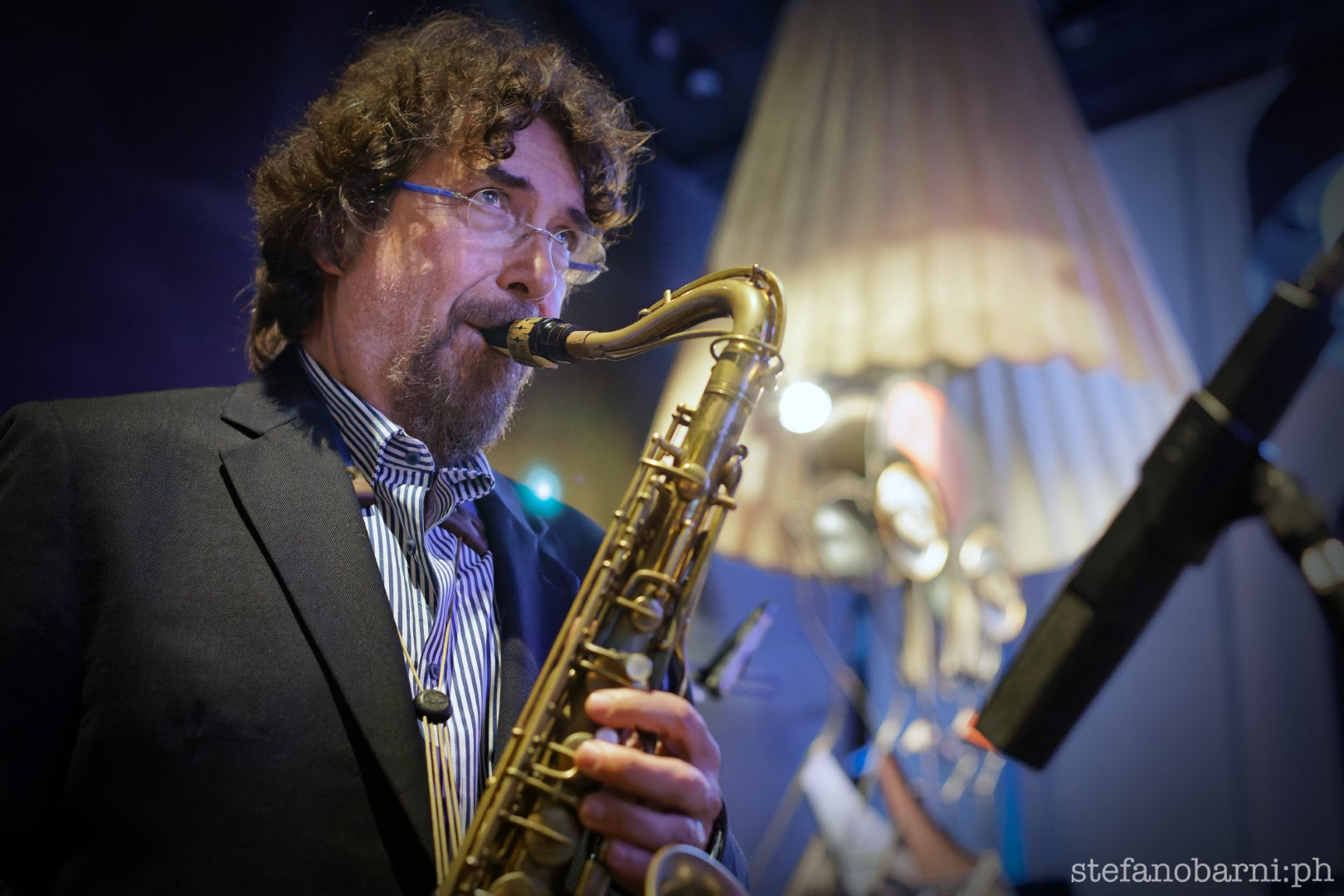
AUDIO/VIDEO QUALITY
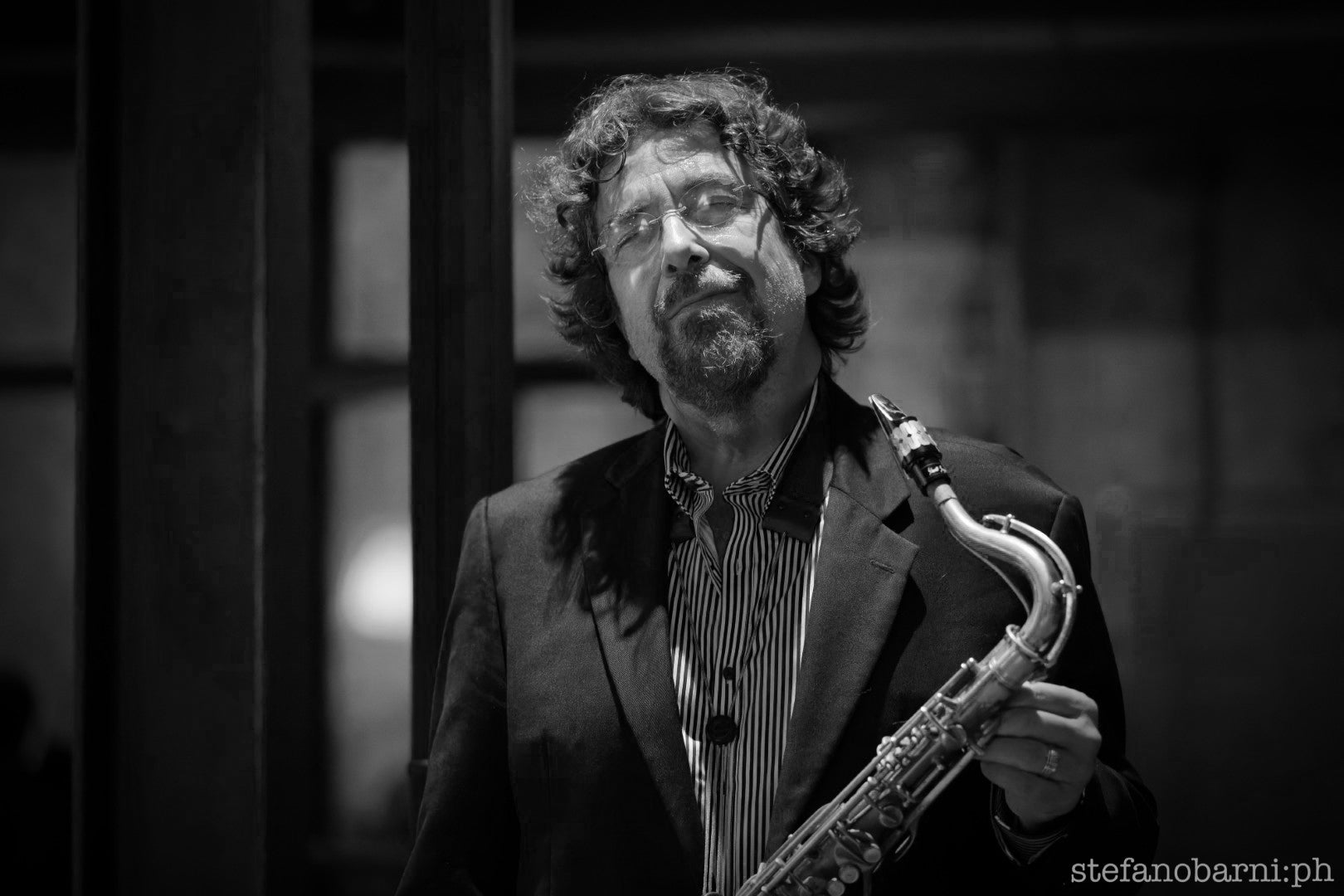
A TOP MASTER
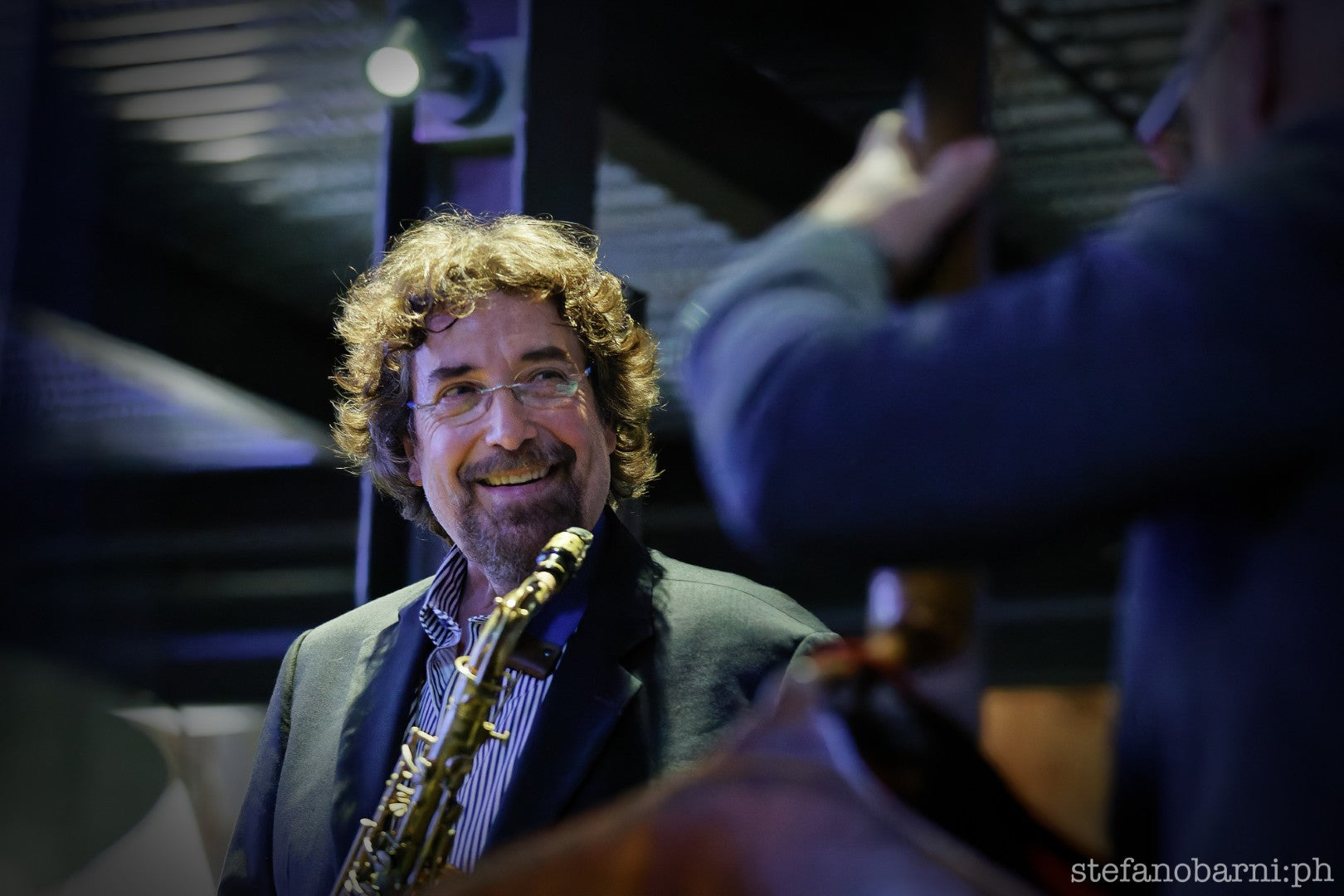
LEARN NOW!
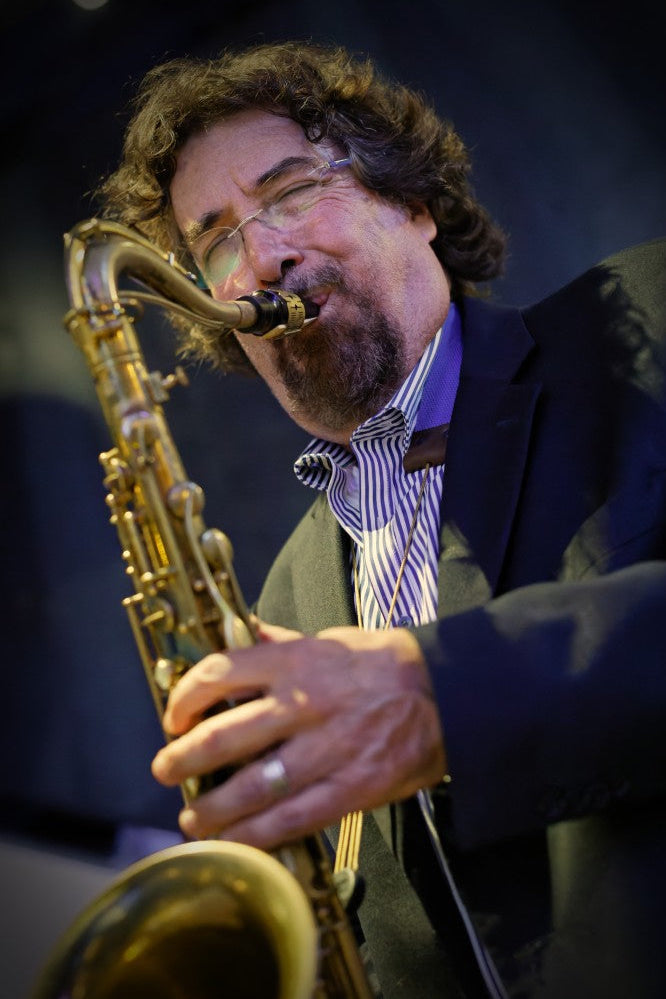
EMANUELE CISI
Tenor and soprano saxophonist, composer. Born in Turin in 1964, he obtained his first significant professional engagement at just 20 years old with the group Area II led by founding drummer Giulio Capiozzo.
In 1995 he was awarded by the magazine Musica Jazz as best new talent. Since then his professional career has unfolded between Italy, Europe and the entire world. He has played with: Clark Terry, Nat Adderley, Jimmy Cobb, Sting, Albert Heath, Benny Golson, Billy Cobham, Branford Marsalis, Joe Lovano, Aldo Romano, Enrico Rava, Paolo Fresu, Enrico Pieranunzi and many others.
He has 22 albums under his own name or as a co-leader and more than 100 as a sideman. He is the only European artist to have been published by one of the most prestigious American specialized labels, Maxjazz (“Where or When”, 2013).
In 2015, 2016 and 2017 he won the Jazzit Readers Poll (announced by the Italian specialized magazine Jazzit) as best Italian Tenor Sax.
From 2016 to 2022 he made long tours in Russia, where he is now widely known and appreciated.
Other countries where he has toured in recent years are Mexico and South Africa. He has performed several times in New York with an American quartet of his own and recently at the Vancouver Festival, Canada.
In October 2016 he was invited to hold a masterclass at the Juilliard School in New York.
His 2018 Warner album dedicated to Lester Young, “ No Eyes ” was voted among the top 3 albums of the year by Musica Jazz.
In February 2022 he made a further and captivating tour in Russia, reaching as far as the Eastern Pacific, travelling alone throughout the country and returning to Italy a few days before the outbreak of the conflict with Ukraine.
In June 2022 he published his first book entitled “ What do you think about when you play? ” for Blonk Editore.
In September 2022 he conceived and published, again for Warner, “ Far Away ”, a fascinating multimedia project recorded and filmed on board a sailing boat, with the participation of the actor Filippo Timi.
In 2025 his latest album was released, for Right Tempo Mono jazz, with Dado Moroni, Nicholas Thys and Jorge Rossy.
He is a teacher of Jazz Saxophone and Head of Department of the Jazz School at the G. Verdi Conservatory of Turin .
STUDY WITH THE MASTERBUT HOW MUCH DOES IT COST ME?
Accessible to everyone at a fraction of its real value!
